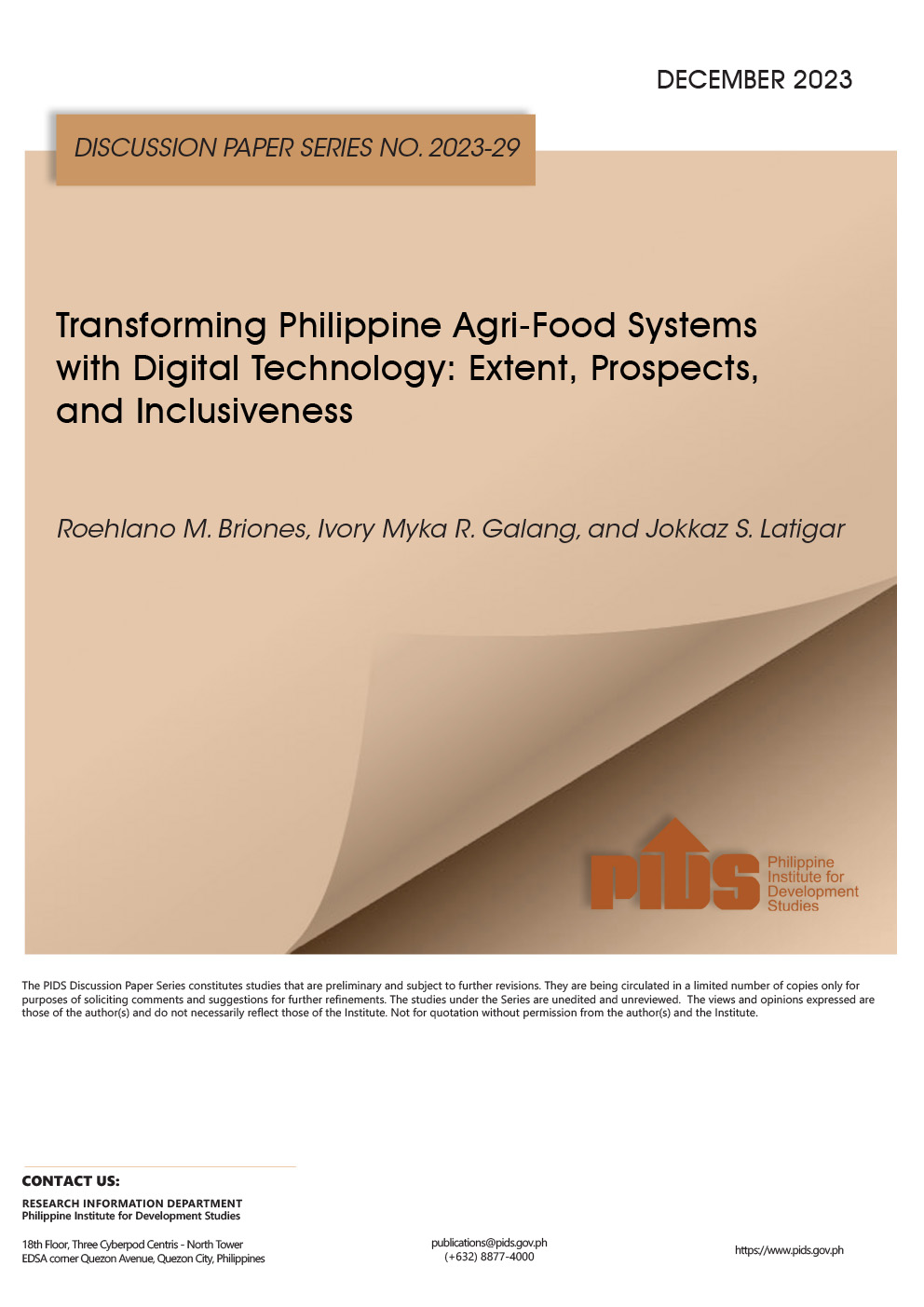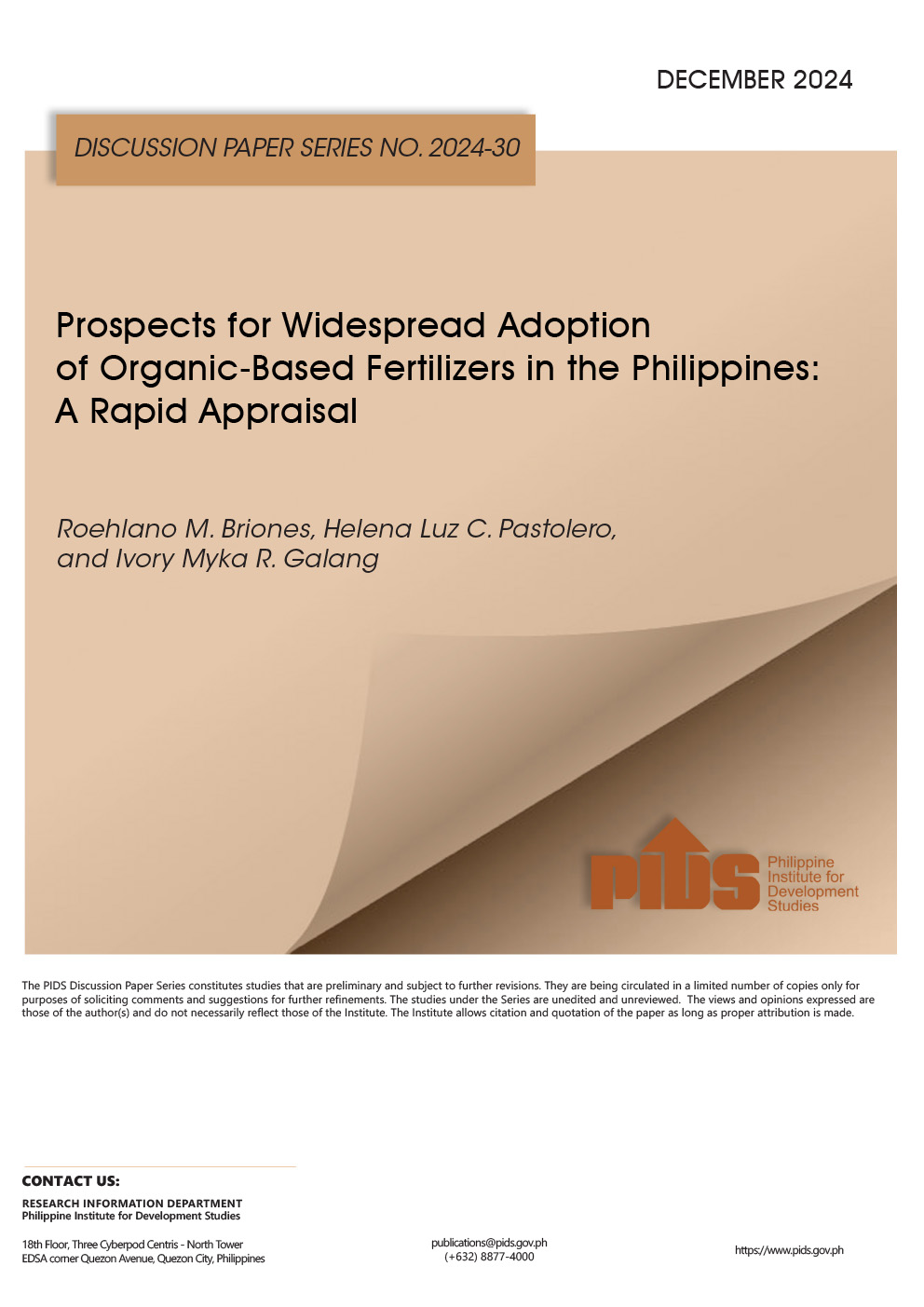IT all started with a despot.
In 1972 former strongman Ferdinand E. Marcos signed Presidential Decree (PD) 4, creating the National Grains Authority (NGA), which was mandated to ensure stability of the country’s rice supply. Marcos also designated the NGA as the sole entity to import rice whenever there’s a deemed shortage in supply.
Nine years later, Marcos issued PD 1770 and converted the NGA into what is now the National Food Authority (NFA). The order expanded the powers of the NFA, and allowed the agency to oversee the markets of nongrains commodities, such as fresh fruits and vegetables.
In 1985, through Executive Order 1028, the NFA was deregulated; its capacity to control the nongrains-commodity markets removed, leaving only rice and corn under its jurisdiction.
In 1991 Republic Act 7607, or the Magna Carta of Small Farmers, mandated the government to provide production support for small farmers. On top of that, a certain provision under RA 7607 prohibited all importation of agricultural products produced locally “in sufficient quantity”.
Philippine Institute for Development Studies (PIDS) Senior Research Fellow Roehlano M. Briones explained that the importation of agricultural commodities was only allowed under RA 7607 if there would be an established “domestic shortage”.
However, Briones said, shortage is relative and could only be measured with reference to a certain price level.
Another law, Republic Act (RA) 8178, further defined the mechanics around the importation of agriculture products. That was after more than two decades of RA 7607.
To import or not
CURRENTLY, rice importations are done through the private sector and the government.
The NFA allows the private sector to import rice through Manila’s minimum access volume (MAV) commitments to the World Trade Organization (WTO).
Under a MAV scheme, a relatively low tariff rate was imposed on imported sensitive agricultural products up to a minimum import level [the so-called in-quota tariff rate], while a higher tariff rate was levied beyond the minimum import level [the so-called out-quota tariff rate],” the WTO said.
It was via RA 8178, or the Agricultural Tariffication Act, that the Philippines is able to use the MAV scheme in rice imports. The law mandates the conversion to tariffs of all quantitative restrictions (QR) on agricultural commodities, except for rice.
The NFA conducts government-to-government procurement transactions to ensure that it has enough supply for the country’s rice requirement.
Manila’s initial rice quota in 1995 was at 59,730 MT with 50 percent tariff, which eventually increased to 119,460 MT by 1999 with the same tariff rate.
Protection, funds
AGRICULTURE Undersecretary Segfredo R. Serrano said the QR on rice serves as a protection against trade distorting measures imposed by foreign countries.
Groups like the Rice Watch and Action Network and Integrated Rural Development Foundation (IRDF) have, likewise, supported the government in its bid to extend the QR on rice, saying such scheme protects small-scale farmers and in line with the spirit behind RA 7607.
The extension of rice QRs clearly was needed to protect our own rice farmers from cheap highly subsidized rice imports coming from neighboring countries,” the IRDF said. “The QR prevents a drastic drop in domestic rice prices.”
Another safety net created is the Agriculture Competitive Enhancement Fund, established through RA 8178. The proceeds of the importation through the MAV shall constitute the ACEF with the National Treasury handling the totality of the fund.
The entire proceeds shall be set aside and earmarked by Congress for irrigation, farm-to-market roads, postharvest equipment and facilities, credit, research and development, other marketing infrastructure, provision of market information, retraining, extension services and other forms of assistance and support to the agricultural sector,” Section 8 of the RA 8178 read.
To be continued
In 1972 former strongman Ferdinand E. Marcos signed Presidential Decree (PD) 4, creating the National Grains Authority (NGA), which was mandated to ensure stability of the country’s rice supply. Marcos also designated the NGA as the sole entity to import rice whenever there’s a deemed shortage in supply.
Nine years later, Marcos issued PD 1770 and converted the NGA into what is now the National Food Authority (NFA). The order expanded the powers of the NFA, and allowed the agency to oversee the markets of nongrains commodities, such as fresh fruits and vegetables.
In 1985, through Executive Order 1028, the NFA was deregulated; its capacity to control the nongrains-commodity markets removed, leaving only rice and corn under its jurisdiction.
In 1991 Republic Act 7607, or the Magna Carta of Small Farmers, mandated the government to provide production support for small farmers. On top of that, a certain provision under RA 7607 prohibited all importation of agricultural products produced locally “in sufficient quantity”.
Philippine Institute for Development Studies (PIDS) Senior Research Fellow Roehlano M. Briones explained that the importation of agricultural commodities was only allowed under RA 7607 if there would be an established “domestic shortage”.
However, Briones said, shortage is relative and could only be measured with reference to a certain price level.
Another law, Republic Act (RA) 8178, further defined the mechanics around the importation of agriculture products. That was after more than two decades of RA 7607.
To import or not
CURRENTLY, rice importations are done through the private sector and the government.
The NFA allows the private sector to import rice through Manila’s minimum access volume (MAV) commitments to the World Trade Organization (WTO).
Under a MAV scheme, a relatively low tariff rate was imposed on imported sensitive agricultural products up to a minimum import level [the so-called in-quota tariff rate], while a higher tariff rate was levied beyond the minimum import level [the so-called out-quota tariff rate],” the WTO said.
It was via RA 8178, or the Agricultural Tariffication Act, that the Philippines is able to use the MAV scheme in rice imports. The law mandates the conversion to tariffs of all quantitative restrictions (QR) on agricultural commodities, except for rice.
The NFA conducts government-to-government procurement transactions to ensure that it has enough supply for the country’s rice requirement.
Manila’s initial rice quota in 1995 was at 59,730 MT with 50 percent tariff, which eventually increased to 119,460 MT by 1999 with the same tariff rate.
Protection, funds
AGRICULTURE Undersecretary Segfredo R. Serrano said the QR on rice serves as a protection against trade distorting measures imposed by foreign countries.
Groups like the Rice Watch and Action Network and Integrated Rural Development Foundation (IRDF) have, likewise, supported the government in its bid to extend the QR on rice, saying such scheme protects small-scale farmers and in line with the spirit behind RA 7607.
The extension of rice QRs clearly was needed to protect our own rice farmers from cheap highly subsidized rice imports coming from neighboring countries,” the IRDF said. “The QR prevents a drastic drop in domestic rice prices.”
Another safety net created is the Agriculture Competitive Enhancement Fund, established through RA 8178. The proceeds of the importation through the MAV shall constitute the ACEF with the National Treasury handling the totality of the fund.
The entire proceeds shall be set aside and earmarked by Congress for irrigation, farm-to-market roads, postharvest equipment and facilities, credit, research and development, other marketing infrastructure, provision of market information, retraining, extension services and other forms of assistance and support to the agricultural sector,” Section 8 of the RA 8178 read.
To be continued












